So on Wednesday last week, we busily hurried to get everything done at the office so we could head to Jesse’s garage to work on the 1964 Volvo 122S that had made residence there since he purchased it a few months back. The Holidays and work had kept us from being able to invest much time into; in fact, we hadn’t done a single thing to it since cleaning it and pushing it into the garage. Finally, we were able to break away from work and put some much needed wrench time into it. And do we have some exciting news!
Since we haven’t worked on the 122S in a while, we weren’t sure what all we were going to do or what parts/tools we were going to need. So we zipped over to the shop and started looking it over. We pulled the spark plugs, poured a little Marvel Mystery oil down each cylinder, and debated what we should do next. Jesse was checking the condition of the auxiliary belt and he noticed how easily everything moved, so he purposed we get it ready to be fired up. We made a quick list of everything that needed to be done first to make this old gal run again. Since the engine was free and the SU carbs still had oil in them, we only had two major issues that we could see needed to be addressed. We needed to check the fuel pump and make sure the old fuel had not turned to paste and we didn’t have a key for the ignition.
So the first of these issues was relatively easy, if not incredibly smelly, to resolve. I popped the glass inspection bowl off the mechanical fuel pump and discovered that while the old fuel had turned to turpentine, but it hadn’t gelled up as we suspected. This meant all we needed to do was hook up an external fuel source to the fuel pump (we didn’t want to risk running old fuel or debris through the engine). The issue of finding a key seemed like a rather massive issue at first, but then we discovered that the old ignition wasn’t the factory installed unit. It had been switched with a universal ignition that can be found at just about any parts store. Now that we knew what we were dealing with, we made a trip to the store.
Since it has been sitting for at least 20 years, we needed to change the oil and if we’re going to be doing that job we might as well install a new oil filter. So, we picked up 5 quarts of 10W30 oil and a new oil filter. As it turned out, the filter that was on the motor was a Purolator and you can still buy the same one, but now in Classic form. Volvo filters may be the best, but we figured this would work fine for the time being. With oil and a filter in hand, we grabbed a piece of fuel hose and a new universal ignition switch from the parts store. We then shot back to the garage to get the car ready for its first start in about 20 years.
Jesse got to work on draining the oil and changing the filter. While he was busy working on that, I worked on replacing the ignition switch with our brand new one. It was a simple task that once completed revealed that the original radio still powers on and that the interior light works. I was not able to get the headlights, turn signals, or heater fan to come on, but those issues could be as simple as tracking down the right wires. With 3.75 quarts of new oil in the motor and a new ignition installed, we were about ready to make our first attempt at starting the motor. I put the spark plugs back in the motor, reattached the spark plug wires, and we rolled her out of the garage (Marvel Mystery Oil will make the car produce a large amount of smoke when burnt).
By the time we had pushed this 122s out of the garage, the sun had gone down and it was getting quite cold. With the camera rolling and Jesse manning the carburetors with a little carb cleaner ready in case the motor needed a little extra coaxing to come back to life. The excitement and anticipation could be felt in the crisp evening air, even Jesse’s little boy wanted to join in (safety concerns and cold ultimately forced him back into the house). I couldn’t wait to turn the key for the first time. Once Jesse had removed the air cleaners and done a quick check of the engine bay, he gave the all clear. I turned the key over and heard a thunk sound. My heart sank; it wasn’t the sound I had been waiting for. It sounded like a major issue, but one more quick turn of the key resulted in sparks coming from the battery.
The old battery connectors were tightened as much as they would go, but still weren’t making a tight connection with our modern car battery. I swiftly jumped from the car, pulled out my Leatherman, and squeezed the connectors as tightly together as I could. They were will still a little loose, but were now much tighter on the battery posts. I climbed back into the Volvo, turned the key one more time, and was greeted by the sounds of a motor turning over. For a brief moment, it sounded as if the motor was going to fire up, but no luck. So, we started the processes of trying to narrow down what was keeping the motor from starting.
As we ran through each possible culprit, we were clearly getting fuel and air, so it had to be an ignition issue. I pulled the spark plug wires and tried turning it over again, sure enough we weren’t getting any spark (I don’t recommend this technique). We started testing the coil and we were getting power from the coil to the distributor. This left the distributor as being the cause of our issues or least that was the initial thought. Then Jesse noticed what appeared to be a cut wire leaving the coil and a similar color and size of wire that had been cut at the distributor. A quick look in the repair manual indicated that there was supposed to be a wire connecting the two, called the coil lead. We grabbed some wire and ran a temporary replacement where the wire had clearly once been. With our new wire in place, it was time to attempt at starting this old B18 up.
I climbed back in the car, with Jesse kneeling next to the car holding the fuel can to insure adequate fuel supply. He gave me a quick nod and I turned the key. Jackpot! The engine turned over, sputtered, and fired back to life instantly. The old gal purred and idled as well as any Volvo engine I’ve ever seen, sure she hesitated a little when I gave her a little extra gas, but the cause of that became quite clear when I looked behind the car. There was a cloud of dirt, sand, and rat’s nests. Clearly, a mouse or two had made the exhaust system home for many years. Once the nest and all the various items that had been used to build it were cleared form the exhaust, our Volvo ran great!
We still have a long ways to go before this Volvo will be road worthy, but it sure felt great to get her running again. The throaty sound of this B18 gave both of us a much-needed victory and now we cannot wait to get back over to the garage and get our hands greasy. Once we get the brakes working, we will attempt our first drive. That will certainly be an exciting, terrifying, and learning experience. If all goes well on that first drive, we will have successfully resurrected this Volvo with nothing more than some oil, a little wire, a few brake parts, and a lot of patience. Doing things the right way can be patience testing, but its well worth it in the end. Be sure to watch the video of our first attempt at starting the Volvo and stay tuned for more updates!

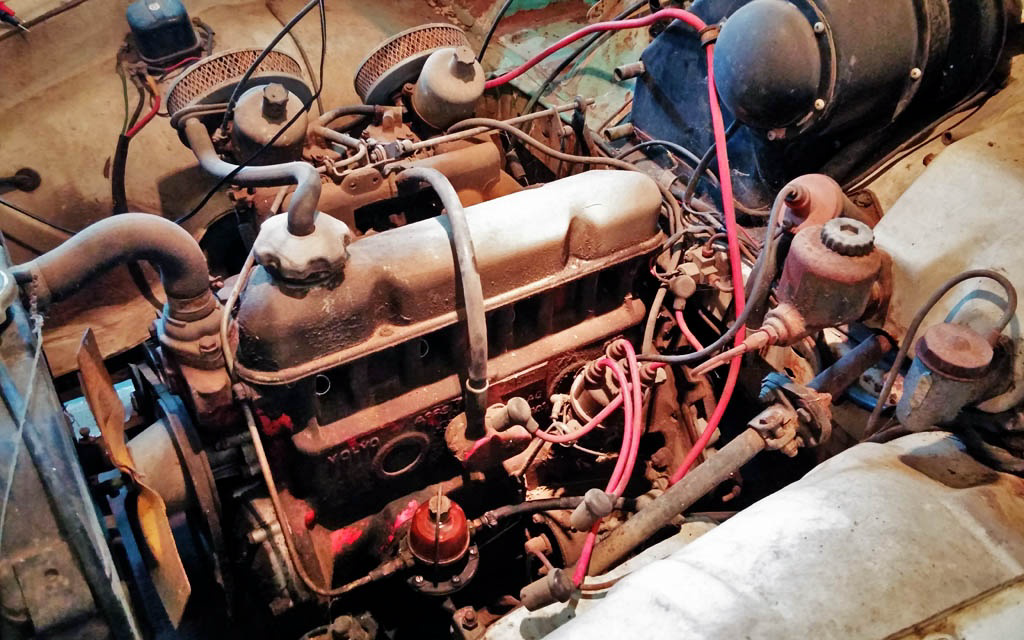
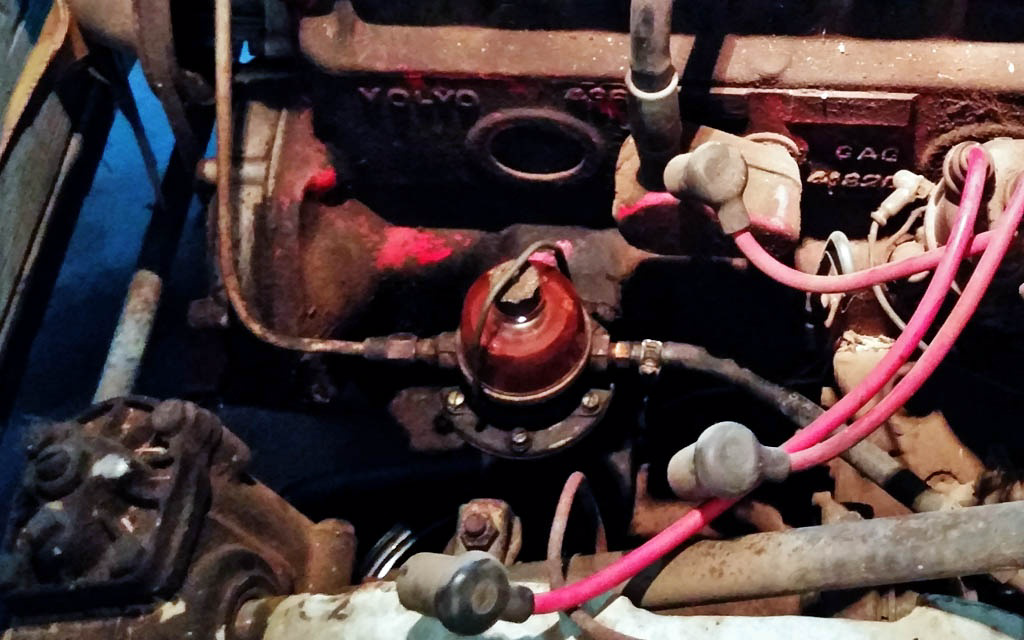
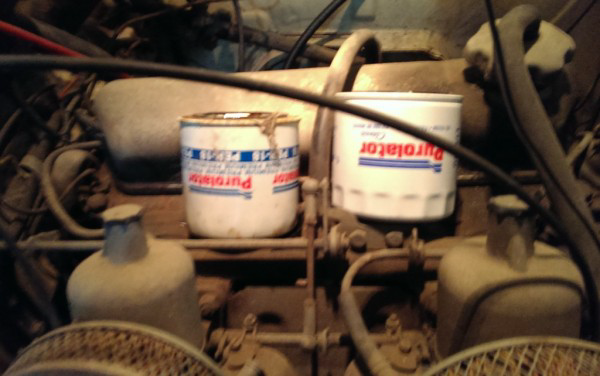
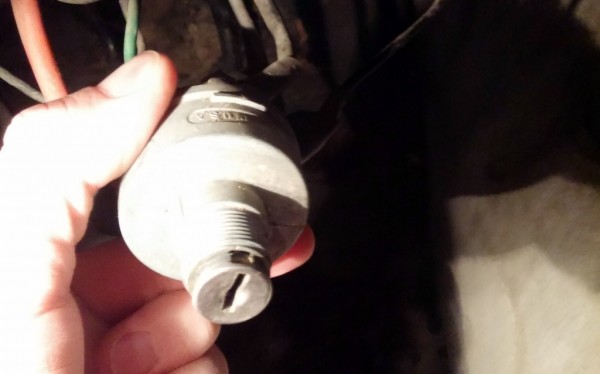
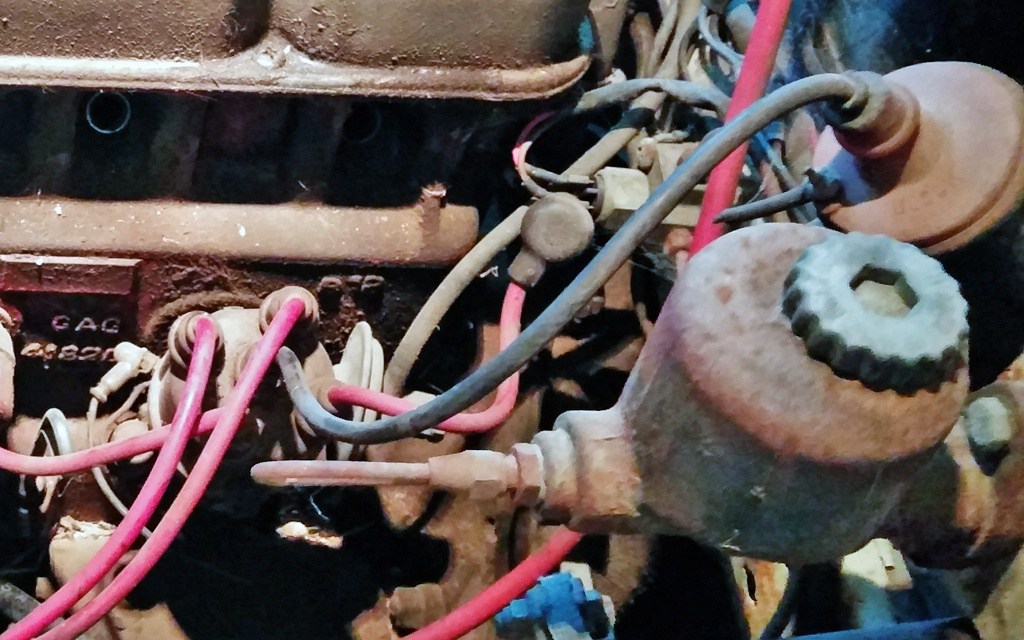
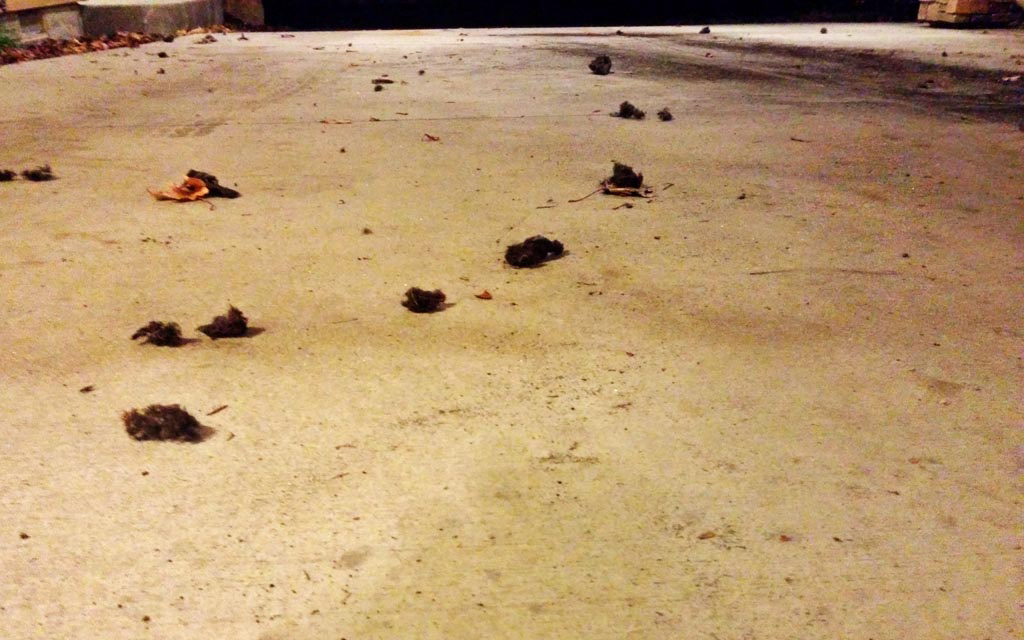

Awesome! I know nothing of Volvo cars but their boat motors are about indestructible. Had a similar experience with a b20 in a bayliner that was put away for 10 years. Rebuilt the fuel pump and filed the points and have been a believer ever since. Can’t wait to read more about your 122.
Go for it, I love these cars, I had two of these wagons: a ’67 122 and a ’66 121(single carb). I dub your effort a “Re:Volvo”.
The thrill of an engine starting after sitting for years is wonderful. I had the same thing when my 2CV started after sitting at least the 12 years I’ve had it and no telling how long before that.
Good job gents. You’ll no doubt know by now that the engine will only need 4 qts of oil to show a ‘full’ reading.
Glad to add a comment . Been a while. I,ve had a fewvolvos in the past And loved them. Very tough ,but easy to work on. As far as the boat thing mentioned . I own a 1980 bayliner that has a 4cyl Volvo 2 carb and Volvo outdrive. I,VE had it for 20 years and that thing just dosent quit,great on gas, very reliaible.Same with the 2 cars I had good luck with yours.I,M always looking for deals and Volvos are always on my mind.
Well done guys – brilliant news !
Congratulations! Can’t wait to see future installments :-)
I have always felt that the true quality of a machine is never realized when it is new, but when it is old and used. In my experiance with Volvo, your car was the best quality of the mark. Simple well designed and built machines that just work on every leval. You can always repair a quality car and have a Quality car…….if you start with junk……that is what you end up with. This will be in the former category.
Well said sir.
Love that smell….I burnt down a Jag XK140 many years ago by starting it with a can of gas and the air filters off. Apparently the “keep crankin’!” Advice works better when the flames aren’t being fed by an electric fuel pump and cracked supply lines to the SUs. Ah, youth…
Thanks, Dave, for resurrecting the 300.
Congratulations guys !!
Well done. Is that your bird shuffling into the garage just after 2:00?
great to hear the motor running which is the best motivation to get the rest of the car done. then take it for a long drive. great BF project car. please put on your to do list an upgrade to a dual master cyl. also when starting a vehicle for the first time, do it outside away from anything else that might burn! so are you providing a new better home for the mice that used to live in the volvo? thank.
Try it now! :)
That is fantastic. Gave me an ear-to-ear smile.
Congratulations! Well done. I hope this car runs a long, long time in its new life.
nothing compares to the excitement of getting it to run-especially with minimum expense/the rest will seem easier now that it is running
Nice work guys, this is a lot of fun to watch!
Great guys, way to keep them running. I too had a ’66 122S that I never should have sold. Well done.
people have put zillions of miles on these kind of cars without the need for a dual circuit master,when I was young if it started,I was down the road….brakes be damned.Very nice.one thing I do a little different is I like to spray a little motor oil in the spark plug holes to help bring up the compression.One time I bought a Studebaker,there was a gallon of Marvel Mystery oil in the trunk and the guy selling it to me said the Marvel Mystery oil was to mix into the fuel,I suppose it couldnt hurt,but I didnt do that.I cant wait to watch the further progression.This might be a keeper
Great job guys!!!!
Sounds wonderful, can’t wait to see the next update.
Nice work, guys. Isn’t that just about the most fun a car guy can have? Can’t wait to hear more as this car comes back to life.
The first car I learned to restore was a 1966 Volvo 122S I was 16. You commented about the light and other electrical items not working. Once you get to looking closely at the fuzes you will see that they are porcelin with little metal pointed covers and a thin filament connecting them. The two end points fit in the holes on the fuse holders. Those corrode often even if you drive it every day. Sometimes you can just spin the fuse a few times to complete the circut again. They are very fragile systems so use caution when cleaning them. It is not hard to bend one of the tabs and lose your connection. Another thing those bulbs in the indicators also collect moisture quickly. The rubber is more decoration than water proofing. So if it’s not the fuse it will be the bulbs. Those cars were so simple to work on. Oh yeah if the tail pipe is to short and gets pushed up so it blows into the inside of the rear bumper it will enter the cabin area and your gonna get real dizzy pretty quick. Found that out the hard way. LMAO.
It’s alive! (-;
I love it. Had two of them over the years. Now I want this one!!
It is what I expected from a Volvo b18 engine, bullet proooooof. well done.
Had a 64 122s, still one of my favorite cars! Lot’s of memories the years I had it, 1968 to 1974!